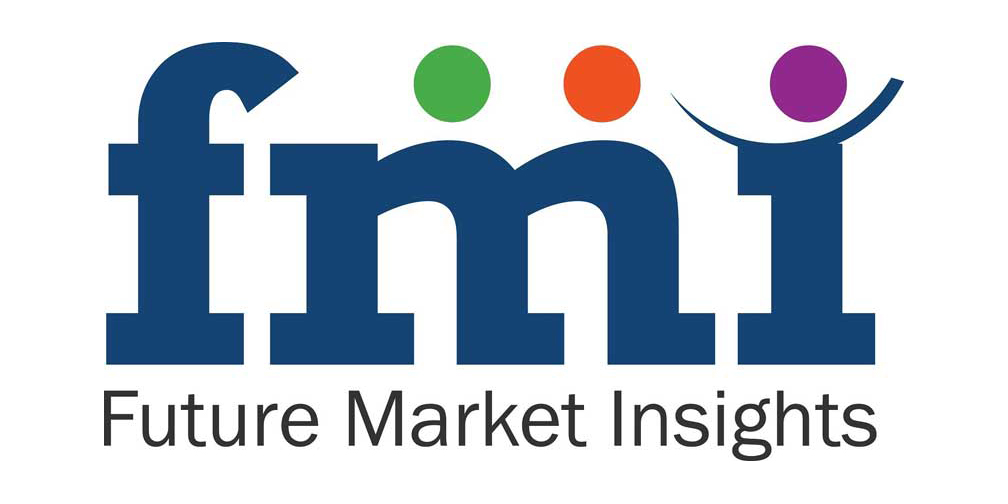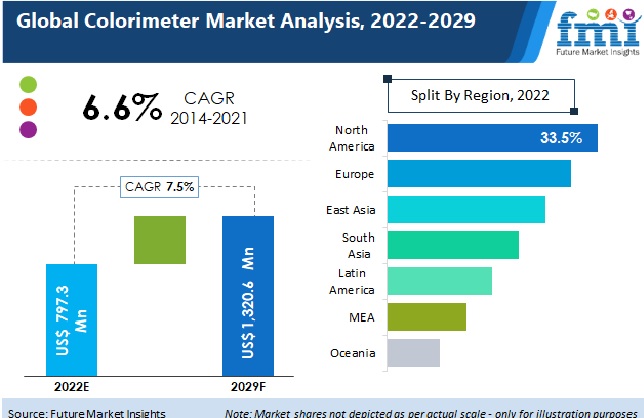Future Market Insights (FMI), in its new study, finds that the radio-frequency identification (RFID) in pharmaceuticals market was valued at over US$ 950 Mn in 2018, and is estimated to register a Y-o-Y growth at approximately 10% in 2019. Prospects remain remarkable for the RFID in pharmaceuticals industry, as efficiency-led actions of players continue to enhance the reliability and accuracy of their business operations.
The study finds that drug tracing system remains the most lucrative application of RFID in pharmaceutical industry, accounting for approximately 60% sales. Efforts of the FDA, in collaboration with pharmaceutical suppliers, to maintain a secure drug supply in the wake of rising counterfeit drugs prevalence, has encouraged the pharmaceutical industry to use RFID in combination with the electronic product code (EPC) for real-time tracking, tracing, and authentication of drugs.
According to the study, such preventative measures against infiltration of counterfeit drugs are likely to have a positive economic influence on legitimate companies, who are now focusing on the deployment of anti-counterfeiting solutions. Focus of the organized players in the pharmaceutical sector to safeguard authenticity of their products, while creating moats for counterfeiters, will continue to favour growth of the RFID in pharmaceutical market.
To remain ‘ahead’ of your competitors, request for a sample
Chipless RFID Sales Remain Over 2X of Chipped RFID
According to the study, chipless RFIDs continue to gain robust attractiveness in the pharmaceutical industry, as they eliminate the hardware-related challenges associated with their chipped counterparts. Additionally, RFIDs without ICs allude at significant cost reduction of the component, in turn complementing their development and demand on a wide scale. However, complexities linked with designing and development of chipless RFID, such as data transmission and encoding, continue to sustain the demand for the chipped RFID to a certain extent. The study finds that sales of chipless RFID will remain over 2X that of the chipped RFID in 2019.
The study expects RFID reader to remain the core component in the RFID in pharmaceutical market, with growing focus of pharma suppliers on effective identification of products prior to their collection, storage and shipping. Gains in the RFID in pharmaceutical market will remain complemented by sales of RFID tags, with revenues in 2018 accounting for over one-third market share.
Adoption Remains High among Drug Manufacturers
Application diversity of RFID in pharmaceutical industry has led its adoption among a wide range of end-users that range from drug manufacturers and drug wholesalers, to hospitals and clinics. The report estimates drug manufacturers to account for leading shares of the RFID in pharmaceutical market, who are constantly emphasizing on ensuring the authenticity of their products in the market. Adoption is expected to witness high-growth among drug wholesalers and hospitals and clinics, which collectively account for over two-fifth share of the market.
The study states that North America will remain the leading market for RFID in pharmaceutical, with Europe following the suit. Supremacy of developed economies in the RFID in pharmaceutical market is significantly attributed to stringent standards & regulations implemented for serialization, and relative greater prevalence of OTC and generic drugs in these regions. Additionally, focus of players in developed markets remains strong on brand protection, and preventing packaging-related product recalls, which in turn augurs well for growth of the RFID in pharmaceutical market.
Get a Customized Scope to Match Your Need Ask an Expert- https://www.futuremarketinsights.com/ask-question/rep-gb-9508
This FMI study also offers a long-term forecast of the RFID in pharmaceutical market for the period between 2018 and 2028. The RFID in pharmaceutical market is envisaged to record a CAGR of over 8% through 2028.
RADIO-FREQUENCY IDENTIFICATION (RFID) IN PHARMACEUTICALS MARKET TAXONOMY
The global gene editing tools market is segmented in detail to cover every aspect of the market and present a complete market intelligence approach to the reader.
By Component
RFID Readers
RFID Tags
RFID Middleware
By Type
Chipped RFID
Chipless RFID
By Application
Drug Tracing System
Drug Quality Management
Others
By End Use
Drug Manufacturer
Drug Wholesalers
Hospitals and Clinics
Others
For in-depth competitive analysis Buy Now – https://www.futuremarketinsights.com/checkout/9508
Region
North America
Latin America
Western Europe
Asia Pacific Excluding Japan
Eastern Europe
Middle East and Africa
Japan
About Future Market Insights (FMI)
Future Market Insights (FMI) is a leading provider of market intelligence and consulting services, serving clients in over 150 countries. FMI is headquartered in Dubai, and has delivery centers in the UK, U.S. and India. FMI’s latest market research reports and industry analysis help businesses navigate challenges and make critical decisions with confidence and clarity amidst breakneck competition. Our customized and syndicated market research reports deliver actionable insights that drive sustainable growth. A team of expert-led analysts at FMI continuously tracks emerging trends and events in a broad range of industries to ensure that our clients prepare for the evolving needs of their consumers.
Contact:
Future Market Insights,
1602-6 Jumeirah Bay X2 Tower,
Plot No: JLT-PH2-X2A,
Jumeirah Lakes Towers, Dubai,
United Arab Emirates
For Sales Enquiries: sales@futuremarketinsights.com
For Media Enquiries: press@futuremarketinsights.com
Website: https://www.futuremarketinsights.com/

